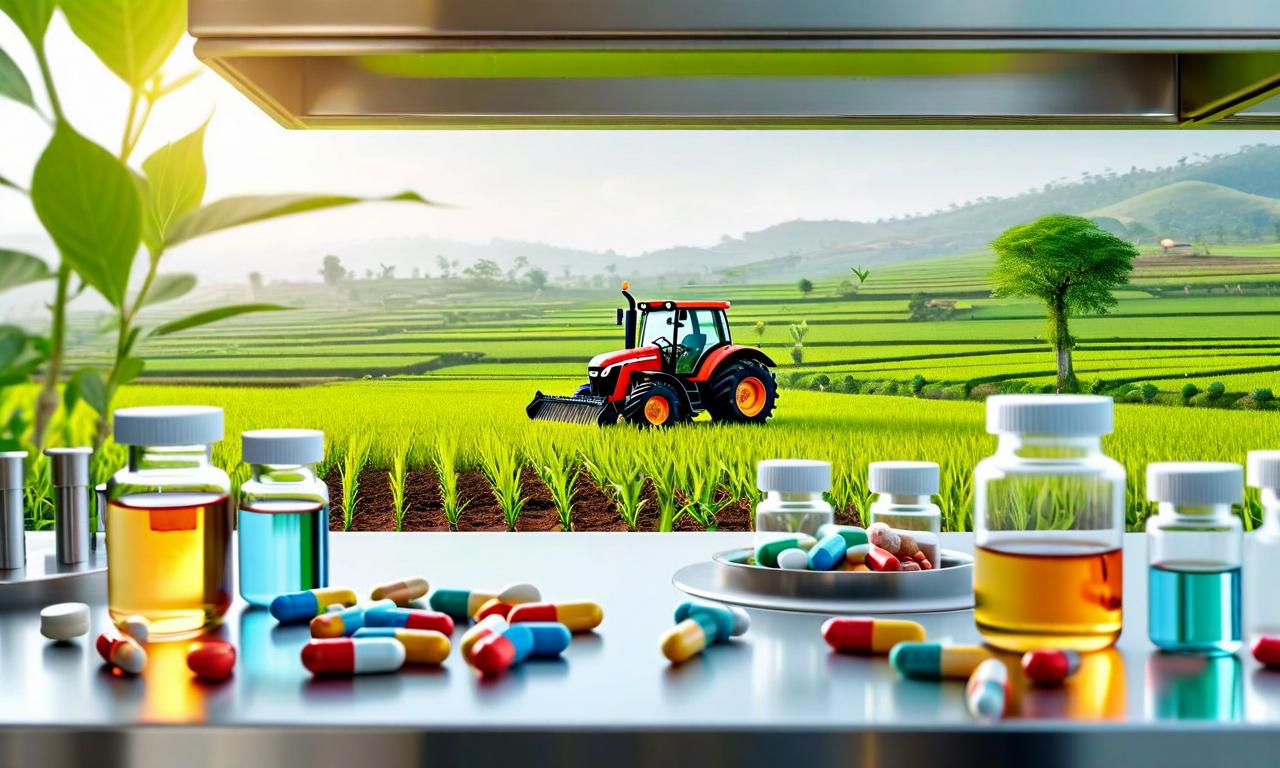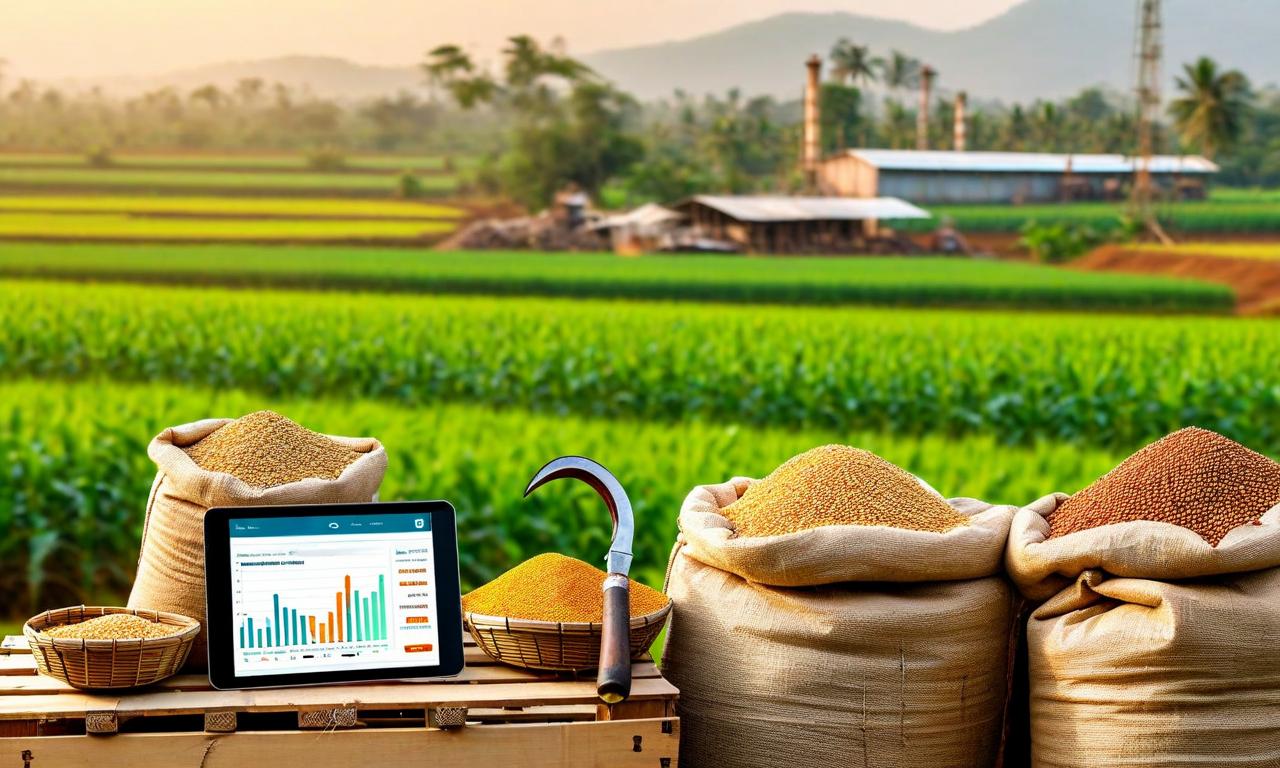GST Cut on Farm Equipment Could Boost Rural Economy, Pharma Sector Faces Tariff Uncertainty
Expert Ashi Anand analyzes potential developments in India's agriculture and pharmaceutical sectors. A possible GST reduction on farm equipment from 12% to 5% could boost the rural economy and agricultural productivity. In pharmaceuticals, while large-scale tariffs on medicines are unlikely, policy unpredictability poses risks. Growth opportunities exist in biosimilars, inhalation therapies, CRAMS, and branded generics. The expiration of patents on key drugs like Revlimid and future expiries of GLP therapies present opportunities for generics companies and CDMOs.

*this image is generated using AI for illustrative purposes only.
In a recent market analysis, expert Ashi Anand has shed light on potential developments in India's agriculture and pharmaceutical sectors, highlighting opportunities and challenges in both industries.
Agriculture Sector: Potential GST Reduction to Stimulate Rural Economy
Market expert Ashi Anand suggests that a reduction in the Goods and Services Tax (GST) on farm equipment from 12.00% to 5.00% could significantly boost India's rural economy. This potential tax cut comes at a time when rural demand is showing signs of rebounding, while urban consumption appears to be stabilizing.
Anand points out that the rural recovery post-Covid has been relatively weak, with momentum only returning in the past year. He emphasizes the need for mechanization and industrialization in the agriculture sector to unlock productivity gains. The proposed GST reduction could be a step in this direction, potentially making farm equipment more accessible to rural farmers and stimulating agricultural productivity.
Pharmaceutical Sector: Navigating Tariff Uncertainties and Opportunities
Turning to the pharmaceutical sector, Anand offers insights into the industry's current landscape and future prospects:
Tariff Uncertainties
While large-scale tariffs on medicines are deemed unlikely due to already high drug prices in the US, Anand cautions that policy unpredictability creates risks for the sector.
Manufacturing Challenges
The expert highlights the difficulties in shifting pharma manufacturing capacity across regions, citing long approval processes and specific infrastructure requirements as major hurdles.
Investment Opportunities
Anand recommends a selective approach to pharma investments, noting several areas of potential growth:
- Biosimilars
- Inhalation therapies
- Contract Research and Manufacturing Services (CRAMS)
- Branded generics
Impact of Patent Expiries
The expiration of patents on key drugs like Revlimid could impact some generics companies, while also creating new opportunities in the market.
GLP Therapies
As patents for GLP (Glucagon-Like Peptide) therapies are set to expire in the coming years, Anand sees major opportunities, particularly benefiting Contract Development and Manufacturing Organizations (CDMOs) and branded generic players.
In conclusion, while the agriculture sector may see a boost from potential tax cuts, the pharmaceutical industry faces a mix of challenges and opportunities. Investors and industry stakeholders are advised to keep a close eye on policy developments and emerging trends in both sectors.
























